Geomagnetic storm caused by CME sparks rare red auroras over Scotland
In a recent development, experts have revealed details about rare forms of auroras that were sparked due to a CME hitting Earth. Know details of this phenomenon and the geomagnetic storm that sparked it all.
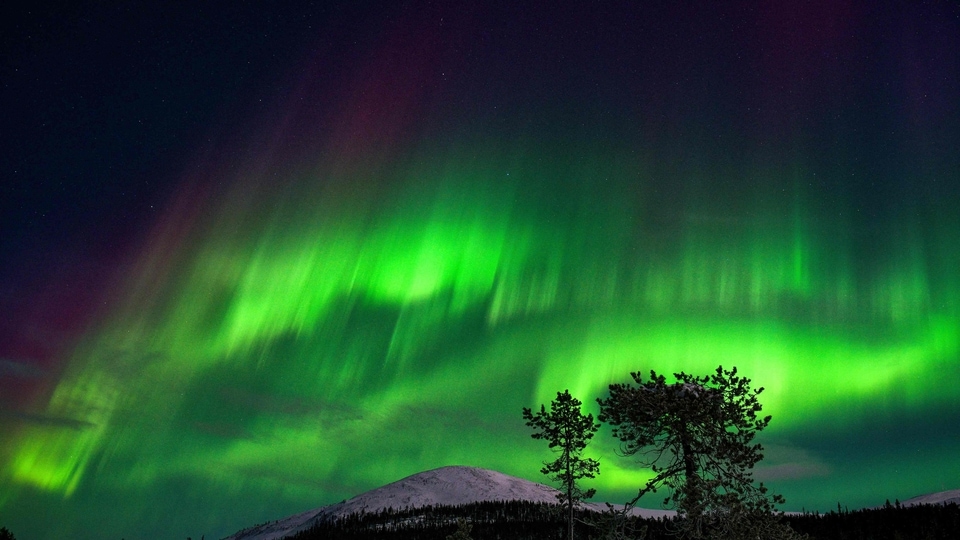
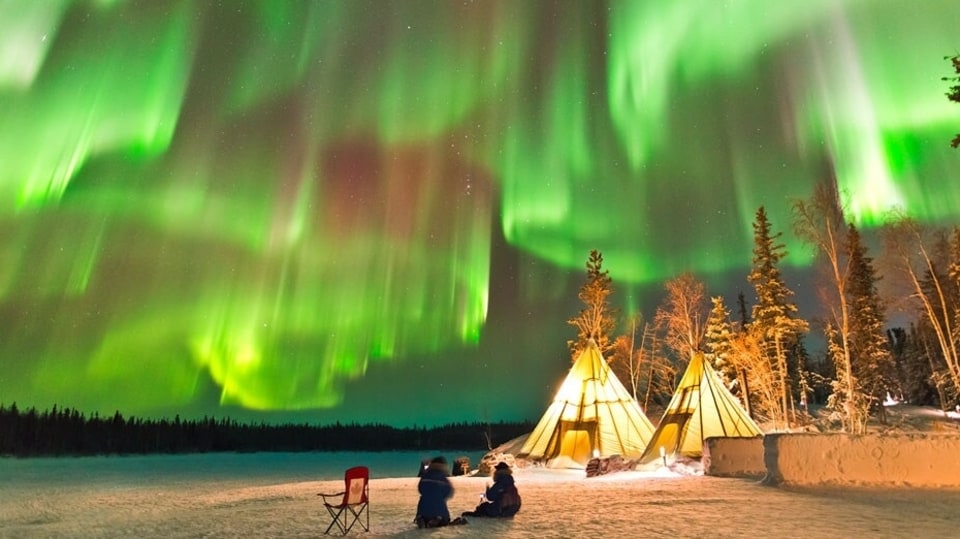

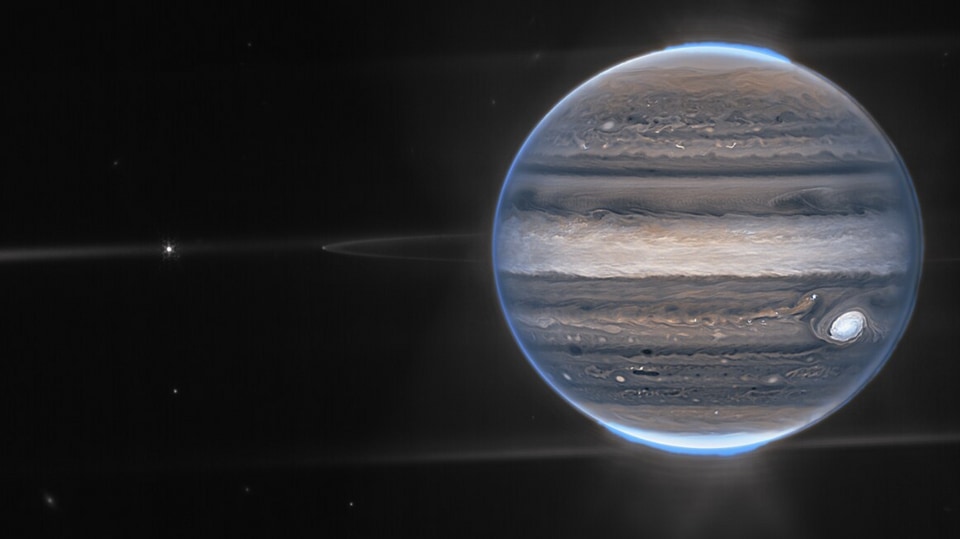
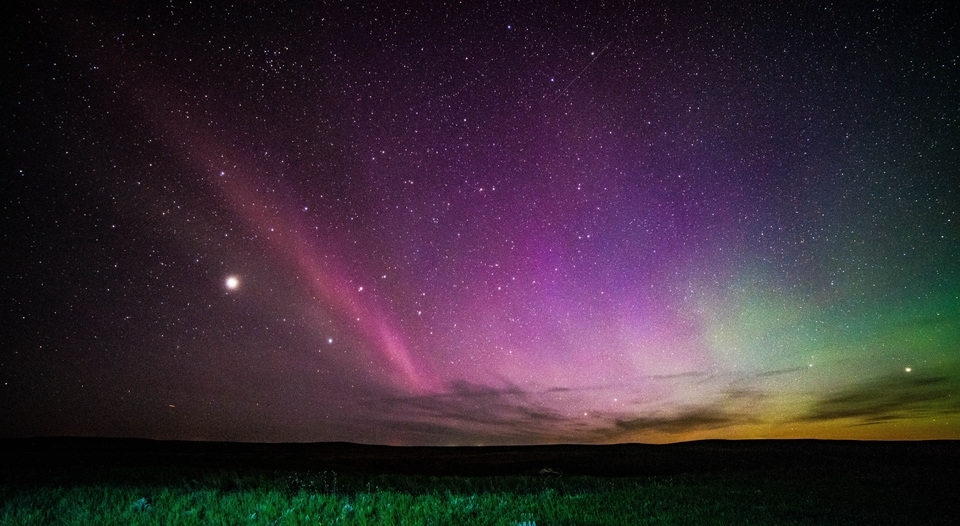
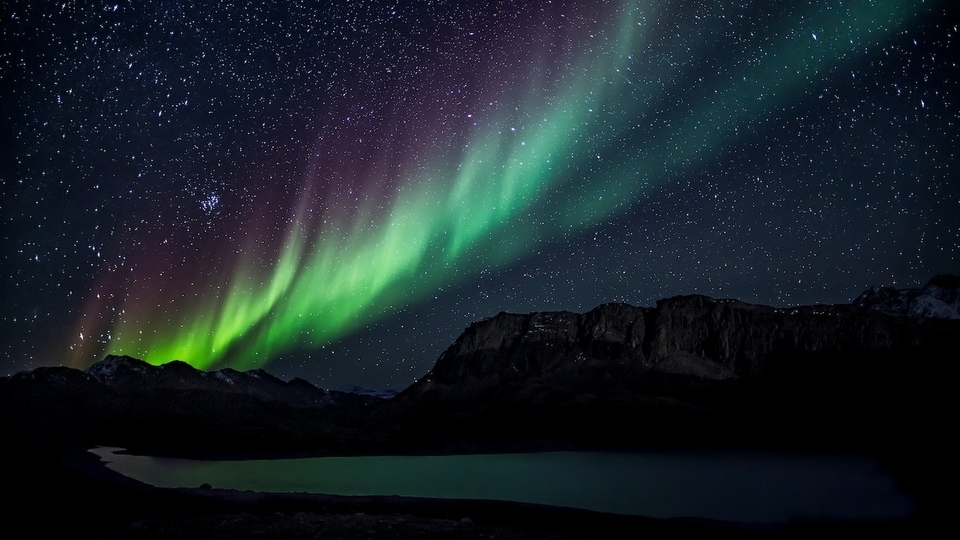
 View all Images
View all ImagesSolar activity has been on an upward trend in the last few months and it is expected to increase as the Sun approaches the solar maximum. Earth is set to be in the firing line of CMEs, solar storms, geomagnetic storms, and more as the peak of the Sun's 11-year solar cycle nears. Therefore, it is imperative that we keep a check on the volatile nature of the Sun for any activity that threatens Earth. Astonishingly, the present cycle has exceeded the expectations of scientists as the number of sunspots till now has already passed the total number predicted in this cycle.
In a recent development, experts have revealed details about the rare form of auroras that were sparked due to a CME hitting Earth. Know details of this phenomenon and the geomagnetic storm that sparked it.
CME sparks red auroras
According to a report by spaceweather.com, forecasters at the National Oceanic and Atmospheric Administration (NOAA) and NASA, after carefully studying the data, have revealed that a CME struck Earth yesterday, September 24. It caused a G2-class Geomagnetic storm, which is considered moderate in intensity. For the unaware, these storms are caused by magnetic disturbances as a result of charged particles hitting the Earth. Geomagnetic storms can result in power cuts, and radio disturbances, and can even disrupt the global communication network.
While September 24's geomagnetic storm did not trigger any adverse effects, it did cause stunning and rare red auroras which were seen over the Scottish skies. Astrophotographer Chris Walker told spaceweather.com, “These were some of the reddest aurora I've ever seen”.
Cause behind red auroras: Red auroras are rarer than green auroras because they require a higher level of energy to be produced. These auroras are produced due to the high-altitude oxygen molecules and nitrogen molecules colliding and emitting light in the red part of the spectrum.
G3 storm soon?
According to the spaceweather report, this G2-class geomagnetic storm could intensify into a G3-class storm today, which is much more severe. The report mentioned that auroras could be visible in high-latitude areas and astrophotographers could take advantage of that by capturing breathtaking snapshots of this rare phenomenon.
One more thing! HT Tech is now on WhatsApp Channels! Follow us by clicking the link so you never miss any updates from the world of technology. Click here to join now!
Catch all the Latest Tech News, Mobile News, Laptop News, Gaming news, Wearables News , How To News, also keep up with us on Whatsapp channel,Twitter, Facebook, Google News, and Instagram. For our latest videos, subscribe to our YouTube channel.
































